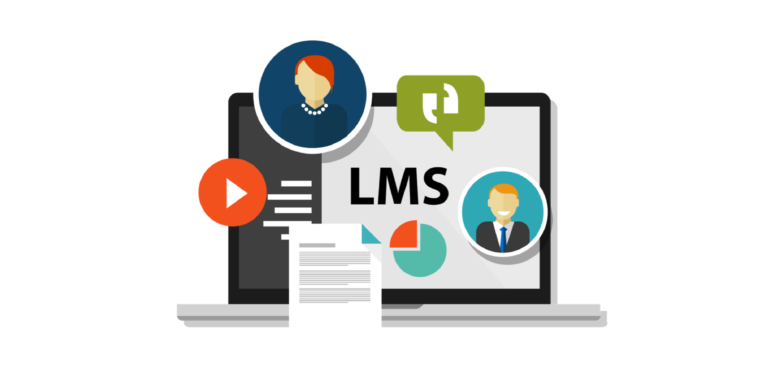How to build an effective terminology list for quality technical translation?
Technical translation has become a broad term now. Multiple technical domains fall under this umbrella. The content relevant to the translation of materials dealing with scientific and technical subjects is termed as technical. This may include text from different technical niches including scientific, medical, technical, and engineering journals. Technical translation is an important part of the language service industry. A lot of content, documents, and handbooks require technical translation. Translating technical content goes far beyond the conversion of text from one language to another. It not only demands proficiency in the required language but also asks for expertise in the technical subject and domain.
Professional technical translation services involve a lot of effort. A poor translation not only puts a negative impression on the business but is also quite dangerous on many levels. It can put the reputation of the company at stake, lead to grave consequences, jeopardize the safety and may claim lives. Therefore, the experts always recommend hiring professionals to do this job. They can take care of precision, accuracy, and consistency which are important factors to maintain while working on technical translation. speaking of these qualities in technical translation there is complex terminology and setting up a terminology list with a standard explanation of every important term and phrase that can likely be part of the technical translation can help achieve all these goals in the translation process.
The businesses should consider working on a glossary list and share it with their translation vendor so that the translators can work on translation dully. It can help them assist throughout the translation process quite smoothly.
Here are a few basic steps that can simplify the drive of developing a terminology list.
Gather the terminology
First of all, it is extremely vital that the technical businesses work together internally to gather the terms and difficult phrases that are a frequent part of the technical text. They should also identify their target audience and should analyze the important terms, abbreviations, and phrases accordingly. Identifying the target audience can help them narrow down their selection of technical words that they want to use in their list. They can review and analyze the source document initially. That document can give them an insight into the significant terms. Furthermore, consulting with the experts, and technical linguists and using online resources can help to gather a good amount of technical text that can provide support to attain accuracy and consistency in telecommunication translation services.
Organize the terminology
Once the terminology has been gathered the next step involves organizing the terms for the best use. This needs to be organized and arranged in a way that people find it easy and understandable. This further helps people segregate the terms into groups and categories according to the subjects and functions. The groups and categories can make it easy not only for the translators but also for the businesses. For instance, a category with the name of medical terms can be made to include the abbreviations, acronyms, and terms that are used in the medical translation. Likewise, technical terms from the telecommunication or legal background can be added to the legal terms.
Define the terminology
There is no point in working on a terminology list if you fail to provide a concise definition and explanation of the given terms. These definitions help to standardize the content and aid in maintaining consistency and accuracy. Therefore, every listed term should go with its precise and accurate translation. These details should be in target languages so that they are understandable to the intended audiences. Also, it is important to ensure that the definitions have been exact and that a proper translation perspective has been considered while explaining the terms.
Review and update the terminology list regularly
You as a client should also guarantee that you keep a constant check on the terminology list. This task does not end with organizing one. Rather it requires constant attention. This is particularly important while working on the technical terminology which is evolving constantly. A lot of terms need to go off the list and new ones require addition to the list. The terminologies can change rapidly. Therefore, in order to provide accurate technical translation services, the translation vendor as well as businesses should keep a check and assign this task to a responsible person.
Client satisfaction
Setting up a glossary list for technical translation services helps to yield the best results and outcomes. Clients and companies whenever outsourcing their translation projects expect to get good and top-notch services in return. This cannot be achieved without a standard list of terms and abbreviations that are an important part of the technical translation. However, adhering to the terminology list and agreeing on its usage helps to meet these expectations which also makes the client satisfied and feel positive. Trust gets built up and many clients return in the hope of good service again.
Conclusion
The translation process is getting difficult and translators have to confront new challenges every day. Technical translation is even more demanding and asks for special expertise and experience. Working on the technical terminology can help with maintaining the quality and accuracy of the translation. Gathering terminology, and defining it after properly arranging enables the businesses to establish a glossary list that everyone would prefer to consult when needed.







